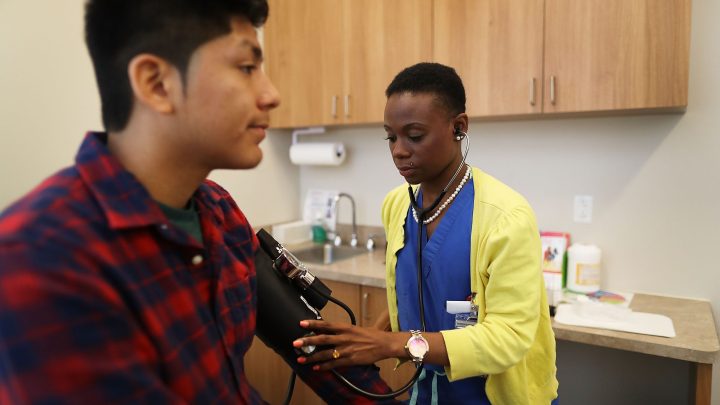
Want to know where inflation’s headed? Look to the producer price index
Want to know where inflation’s headed? Look to the producer price index

A few recent inflation indicators have been pointing in the wrong direction. The most recent one was the producer price index, or PPI. In January, it was up 0.3%, which was much higher than economists predicted. The PPI doesn’t tend to get as much attention as the government’s measures of consumer prices, but it probably should.
Traditionally, you hear the PPI described as a measure of wholesale prices — say raw materials, such as chemicals, scrap iron, sand and gravel. It does measure those things, but over the years, it’s been expanded to include some unexpected services, said Chris Rupkey, chief economist at FWDBONDS.
“And that’s portfolio management, investment advice, home insurance, airfare, car insurance, which has taken off recently, of course,” he said.
Now, PPI data isn’t flashy. It’s not a direct reflection of what we spend, say at the grocery store. So for many years it didn’t get a lot of love, noted Manhattan Institute Economist Allison Schrager.
“It’s like that person in the office who isn’t as flashy but is wise and people only turn to when the world goes crazy — that’s PPI,” she said.
And the world is a little crazy right now. So economists are looking to the PPI as kind of a leading indicator of higher prices upstream that will most likely make their way downstream to us consumers.
The PPI is flashing some warning signs, Schrager said. For example, the cost of hospital outpatient care (yes, that’s also in the PPI) was up more than 2% last month, because hospitals agreed to pay higher wages at the beginning of the year.
“I think it tells us that this last bit of inflation might be harder than we thought to get rid of,” Schrager added.
One other reason to love the PPI? The parts of it we’ve been talking about — raw materials, health care — are all components of the Fed’s favorite measure of consumer inflation: the personal consumption expenditures price index, or PCE. That’s the number the Fed tracks for its 2% inflation target.
The January PCE will be released on Feb. 29. If it goes up because of the hotter-than-expected PPI, “maybe the economy isn’t re-balancing as much as Fed officials thought,” said Rupkey. “Maybe they can’t lower interest rates as quickly, because the inflation fire is not completely under control.”
In that case, the Fed would have to keep interest rates higher for longer to cool the economy and douse the last flames of inflation.
There’s a lot happening in the world. Through it all, Marketplace is here for you.
You rely on Marketplace to break down the world’s events and tell you how it affects you in a fact-based, approachable way. We rely on your financial support to keep making that possible.
Your donation today powers the independent journalism that you rely on. For just $5/month, you can help sustain Marketplace so we can keep reporting on the things that matter to you.

















